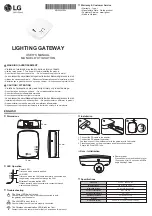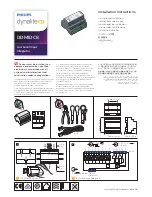
Chapter 3 System Features
PSAX 20 Software Features
3-40
255-700-019
PacketStar
™
PSAX 20 Access Concentrator User Guide
, Issue 1
Release 6.3.0
MBS parameter, end users whose traffic violates their contractual MBS
parameter experience high cell loss (and hence high packet loss). With the
traffic-shaping feature of the OC-3c and the STM-1 modules, the Access
Concentrator system effectively smooths bursty input LAN traffic to comply
with the carrier traffic contract.
The input cell-selection buffering scheme is shown in Figure 3-11.
Connected to the LAN ATM switch via an ATM OC-3c or STM-1 link, the
OC-3c and the STM-1 modules with traffic shaping support a total of 119
VCCs and VPCs. All inbound traffic is processed by the input cell selection
algorithm, dynamically shared by all VCCs and VPCs, which smooths the
traffic. The module buffer of the OC-3c or the STM-1 module is always 4 MB
smaller than the total amount of memory installed on the module. For
example, if 8 MB of memory are installed, 4 MB are available for queuing; if
32 MB of memory are installed, 28 MB are available for queuing. This
dynamically shared buffer allows inbound VBR traffic to burst up to the line
rate.
The module buffer of the OC-3c or the STM-1 module is set up with a
maximum-capacity level (defined as 31/32 of the buffer size), and a
minimum-capacity level (defined as 3/4 of the buffer size). When the
incoming cells exceed the maximum-capacity level, the input cell-selection
algorithm starts discarding cells to maintain a smooth traffic flow. The
algorithm discards traffic on the connection with the longest queue first, then
traffic on the connection with the second longest queue, and continues on
until the module buffer of the OC-3c or the STM-1 module reaches the
minimum-capacity level.
Figure 3-11. Traffic Shaping Using the Input Cell-Selection Algorithm
Summary of Contents for PacketStar PSAX 20
Page 399: ......
















































